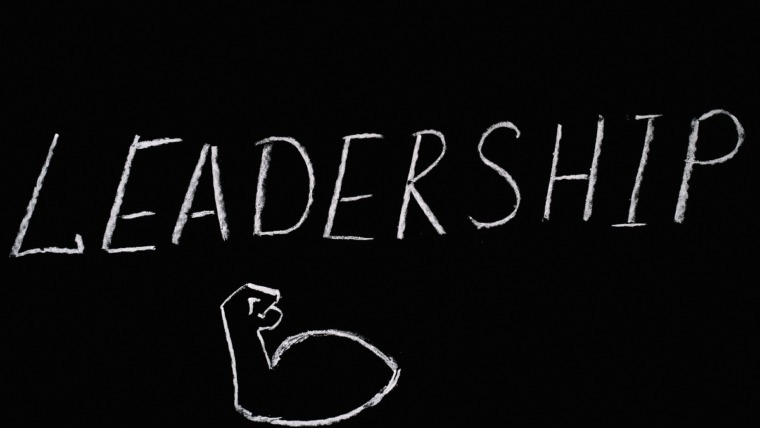
Empower your personal brand and business with media exposure
Written by Sophie Richardson
There are a number of practices that define your personal brand: how you communicate on social media; the way you interact with customers and employees; the story behind your business to name a few. But perhaps my favourite, and one of the most powerful practices to empower your brand and business, is becoming an authority figure within your niche.
An authority figure is a person or business regarded as the expert, or “leader”, in their field. This is often achieved through the publication of their comments, insights and knowledge, which in turn boosts credibility. Think mentions in credible news outlets, or a guest in a leading podcast - any kind of involvement that points to them as the expert on the topic.
“I only own a local business, how on earth do I go about getting media exposure?”. I know it can seem a little daunting, and approaching journalists and publications can be really difficult - but not as hard as you might think.
The publication: be seen by the right audience
Finding the right publication to pitch is essential. The key is thinking about what your target audience is watching or reading, not just about where you would like to be seen. For example, a mention in an article by ABC News is great exposure, and for boosting credibility. But, did your target audience read it? Don’t overlook the niche publications that are read by desired customers.
When researching these publications, as well as asking your customers what they read you can also have a look at where your competitors have been placed. Type their company name into a search engine, or have a look for a ‘Press’ page on their website. This will also show you the journalist that reported on them, of which you can add to your list of contacts to pitch.
It’s also worth a quick mention: pitch direct to a journalist, not to a generalised company email where it is often more likely to be overlooked. Do your research and work out who is covering stories similar to your topic, and who is likely to show the most interest. Don’t waste their time, and yours, by neglecting to do the groundwork and pitching the entirely wrong person.
The angle: offer something new
You don’t have a pitch unless you have a solid, newsworthy angle. What content can you provide the journalist that is going to interest their readers? Can you offer new insights or advice on a topic circulating in the news cycle, based on your industry expertise? What makes it topical and relevant now? Is it something original, and not published by one of the journalists’ competitors?
Keeping updated on the news cycle is fundamental so you don’t miss out on these opportunities. There are easy ways of doing this, including creating search engine alerts on relevant keywords and following related accounts on social media. Timeliness is everything. Be ready to offer expert comments before someone gets to it first, or before the news cycle moves on.
One of the biggest pitfalls in pitching is offering promotional content to the journalist, or blatantly asking for media coverage. You need to pitch with the intent of helping the journalist do their job. They are there to create interesting, original content for the audience, so make sure this is what you offer.
The pitch: plain and concise
If you have a time-sensitive topic you can try giving the journalist a ring, but email is usually the best form of contact for pitching. Use plain-language, avoid jargon, and keep it short and concise. Aim for a maximum of 200 words, shorter if possible - although you can use bullet-points if it requires a lot of information. An email that is long, confusing and overwhelming risks being ignored, especially when the journalist’s inbox is already overflowing with pitches (which it very possibly is).
Remember that the pitch is about the content and the expert comments you can provide, not you as an individual. Open the email with the story lead, explain why it is relevant now, and only then outline who you are and why you are a suitable source for the piece. Ensure you also leave contact details so they can follow up with queries or to set up an interview.
Be ready: act quick
Journalists are busy people, working against a short news cycle and impending deadlines. If they are interested in the pitch but can’t get hold of you, they could approach competitors instead. Keep alert for their response and be ready to deliver them what they need, fast. In the event they do respond but you are unavailable for a couple of hours, shoot them a quick reply to let them know you have seen it, thank them for the opportunity, and provide a time you will respond by.
On the other hand, if your pitch receives no response, send a follow-up a week later. It should be shorter than your original email, simply ensuring the journalist received it (it’s easy to miss an email here and there) and reminding them why it is topical. If you’re still met with silence, don’t be disheartened! Getting your first media placement can be tricky. Keep working on it, and you’ll have your pitches down pat in no time. If you’re still at a loss, or want to talk more PR, reach out to me at any time.
Becoming an authority figure Becoming an authority figure Becoming an authority figure



